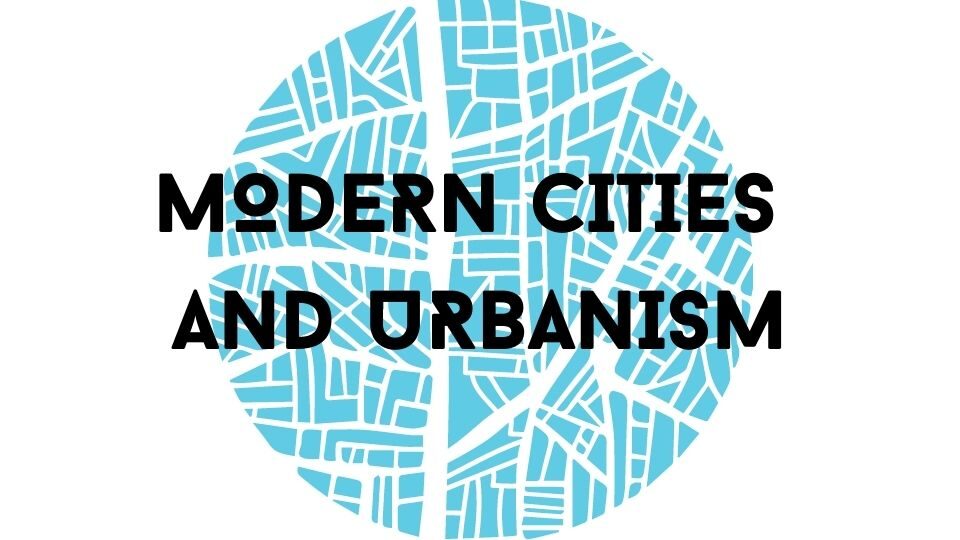St. Petersburg, Russia is a city with abundant history, culture, and identities. Founded by Peter the Great in 1703, the city was the capital of Imperial Russia. The city has undergone a transition of names: St. Petersburg (1703-1914), Petrograd (1914-1924), Leningrad (1924-1991), and again St. Petersburg (1991-the present). The city witnessed and encountered the rise and fall of the Russian Empire, the devastating floods and disease, the intense revolutions, and the traumatic blockade in World War II. The city has also been the center for literature, inspiring a number of famous Russian writers like Alexander Pushkin, Nikolai Gogol, Fyodor Dostoevsky, and Andrei Bely. St. Petersburg seems to be intriguingly multi-faceted and paradoxical. It has been a city of glory and pride, but also struggles and disappointment.
Through the themes “War,” “Natural Disasters and Disease,” and “Streets, Crowds, and Anxious Modernity,” I analyzed the city from aspects other than its widely-known magnificence and beauty in my reports. While discussing the Siege of Leningrad and its aftermath, instead of merely concentrating on the physical destructions and reconstructions, I also focused on the psychological traumas and war memories, especially the lacking and preservation of popular memories. While discussing floods and cholera in the imperial capital, I concentrated on the official slow responses and repetitive mistakes, and how floods and cholera shook the status of the authority and reflected a chaotic society. While discussing streets, crowds, and modernity, I studied how different scholars analyzed Dostoevsky’s Crime and Punishment (1866) and Bely’s Petersburg (1913), and how both novels suggest the negative psychological impacts that a modern metropolis like St. Petersburg could have on its residents. Certainly, these scattered stories are unable to present a complete image of St. Petersburg, but they help to introduce this complicated city.
To understand a city is to understand the stories of its people. The memories of the common people during the post-war era, the dissatisfaction of the helpless residents with the insufficient official measures of preventing floods and cholera, and the feelings of alienation and illusion in a modern, crowded city are all part of the city history. Indeed, St. Petersburg has been a historical and cultural center with splendid architectures like the Winter Palace, yet it has also been an emotional city containing numerous personal memories, voices, and feelings.
